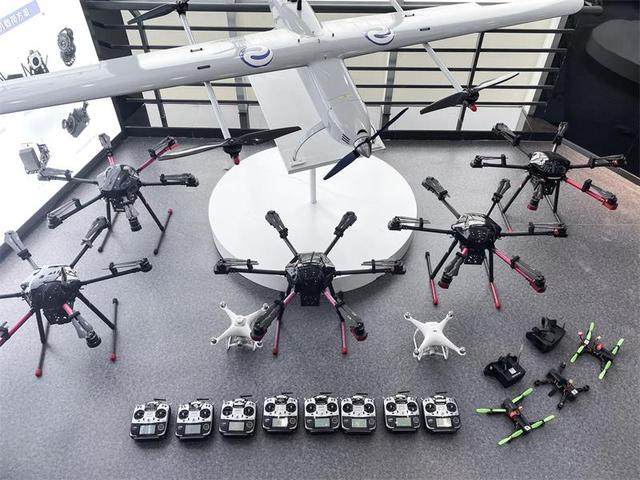
In recent years, with the popularization of UAV application technology, agricultural UAV with various functions such as application, seeding and fertilization has become a new hotspot of intelligent agricultural machinery. So, is the drone seeding effect really reliable? What are the advantages and disadvantages of manual and mechanical seeding, which are commonly used by most farmers? Today, take rice as an example, to give you an analysis.
Advantages of UAV seeding:
Unmanned aerial vehicle (UAV) is a cultivation method in which rice seeds are directly seeded in paddy fields without seedling transfer. Large-scale rice mechanized direct seeding can save 80%-90% labor force, which is of great significance to realize light, professional and large-scale rice production.
Disadvantages of UAV seeding:
1) The seed is solid and the spray is liquid. The spreading and radiating modes of the two substances are different, so it is necessary to study the spreading and distributing modes of the solids at different heights and speeds to ensure the effectiveness of sowing.
2) The influence of downwash air flow is different, the density of liquid and solid is different, and the particle size of seeds is also different. If used for sowing, there may be a corresponding rotational speed and wind field for different seeds. Different from liquid, the influence of downwash air flow is basically the same.
3) Different effects on aircraft. The effect of liquids is mainly high humidity, corrosion, moisture, but the solid of seeds will have different effects on different types of aircraft, especially easy access to radiators and engines, may cause mechanical failure.
Well, that’s all for this time, hope to help you.






Please sign in to comment
register